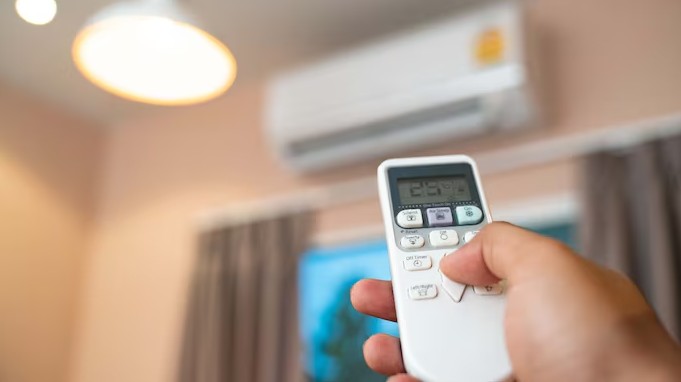In a major move to promote energy efficiency and reduce electricity consumption, Union Minister Manohar Lal Khattar has announced new provisions that will soon make it mandatory for air conditioners across India to operate only within a set temperature range — between 20°C and 28°C. This step is aimed at regulating energy use across households and commercial spaces, especially at a time when India is grappling with rising electricity demand and increasingly severe heatwaves.
Manohar Lal Khattar said, “A new provision is being implemented soon regarding air conditioning standards. The temperature standardisation for ACs will be set between 20°C to 28°C, which means we will not be able to cool below 20°C or heat above 28°C.”
The minister described the move as a “bold step” to address inefficient cooling practices and reduce excessive energy usage caused by setting air conditioners at extremely low temperatures.
What Do The New Rules Say?
The new directive from the Centre will cap the operational temperature range of all air conditioners, whether in homes or commercial settings. In practical terms, this means users will not be able to set their ACs below 20°C or above 28°C.
Currently, many air conditioners available in the market allow temperatures as low as 16°C or 18°C, and heating settings going up to 30°C. Under the revised standards, manufacturers will need to reprogramme devices or issue software updates to ensure compliance with the new 20°C–28°C range. The government has indicated that implementation will be monitored, though specific enforcement measures, particularly across sectors, are yet to be detailed.
Why Has The Government Taken This Step?
The rationale behind the move lies in a broader national policy push for sustainable energy usage. With the urban middle class expanding rapidly and air conditioner penetration increasing each year, India is witnessing a sharp surge in electricity consumption during peak summer months.
Air conditioners, particularly when operated at very low temperatures, put an enormous load on the power grid. According to the Bureau of Energy Efficiency (BEE), most Indians set their ACs at around 20–21°C, far lower than what is necessary for thermal comfort. These practices not only spike electricity bills but also lead to higher emissions from coal-fired power plants that supply the bulk of India’s electricity.
By setting a minimum cooling threshold at 20°C and a maximum heating cap at 28°C, the government aims to improve energy efficiency, reduce strain on the national electricity grid, lower greenhouse gas emissions, and bring about a behavioural shift in how people use cooling systems. The goal is not just compliance through technology, but a mindset change around responsible energy use.



